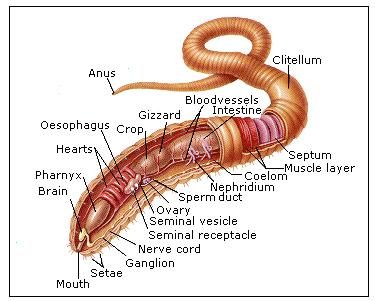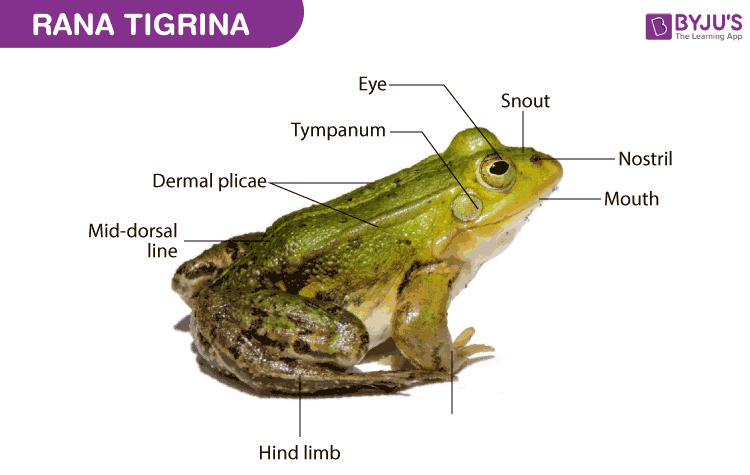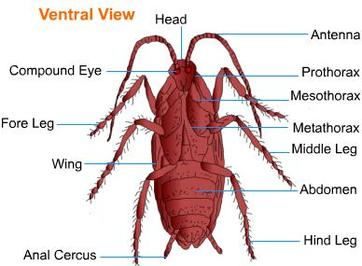ANIMAL MORPHOLOGY- ASSERTION-REASON TYPE
1.A:- Cockroach undergoes paurometabolous development.
R:- Development of cockroach is direct.
2. A:- Cockroaches are uricotelic organisms.
R:- Malpighian tubules absorb uric acid from body fluid, which is excreted out through hind gut.
3. A:- Body of earthworm is divisible into about 100-120 metameres.
R:- Pre-clitellar, clitellar and post-clitellar are three prominent region in the body of earthworm.
4. A:- Cockroaches are nocturnal, omnivore animal which live in damp places.
R:- Cockroaches are serious pests and vectors of several diseases.
5. A:- Process of increasing fertility of soil by earthworms is called vermicomposting
R:- Earthworm increases porosity of soil by making burrows, which help in respiration and penetration of developing plant roots.
6. A:- Length of intestine of frog is reduced in adults.
R:- Frogs are carnivore.
7. A:- Cockroaches have nocturnal vision.
R:- They have mosaic vision with less sensitivity but more resolution.
8. A:- Blood of cockroach appears blue in color.
R:- Respiratory pigment present in haemolymph is copper based haemocyanin.
9. A:- In cockroach, nymphs look very much like adults.
R:- The nymph grows by moulting about three times to reach the adult form.
10. A:- Frog is a ureotelic animal.
R:- They excrete nitrogenous waste in form of urea.
11. A:- In both male and female frog, ureter acts as urinogenital duct.
R:- Urinogenital duct carries nitrogenous waste as well as indigested food and open into cloaca.
12.A:- Cockroach is able to survive for as long as one week without head.
R:- Head holds a bit of nervous system while the rest is situsted on dorsal side of body.
13. A:- Frog maintain ecological balances.
A:- Frog serves as an important link of food chain and food web in ecosystem.
ANSWER
1. (3) 2. (3) 3. (2) 4. (2) 5. (2) 6. (1)
7. (3) 8. (4) 9. (3) 10. (1) 11. (4) 12. (3) 13. (1)
QUOTE:- “SAY SOMETHING POSITIVE, AND YOU WILL SEE SOMETHING POSITIVE”



Animal morphology is the study of the form, structure, and appearance of animals, including their external features, internal organs, and anatomical adaptations.
Animal morphology provides valuable insights into the evolutionary history, ecological roles, and physiological adaptations of animals. It helps scientists understand how animals function, interact with their environment, and evolve over time
Animal symmetry refers to the arrangement of body parts around a central axis. The main types of animal symmetry are bilateral symmetry (divided into two equal halves), radial symmetry (arranged around a central point), and asymmetry (lack of symmetry).
Animals exhibit various body plans, including the sac-like body plan (as seen in cnidarians), the tube-within-a-tube body plan (as seen in most bilaterians), and the segmented body plan (as seen in annelids and arthropods)
Animals have evolved numerous anatomical adaptations to suit their environments and lifestyles. Examples include wings for flight (in birds and insects), fins for swimming (in fish), claws for grasping (in mammals), and camouflage for concealment (in various species).
Appendages are external structures attached to the body of an animal, such as legs, wings, antennae, and fins. They play diverse roles in locomotion, feeding, sensory perception, defense, and reproduction.
Animals obtain nutrients and oxygen through various methods, including ingestion (eating food), respiration (breathing air or extracting oxygen from water), absorption (taking in nutrients through body surfaces), and circulation (transporting nutrients and gases throughout the body).
The integumentary system, which includes the skin, hair, feathers, scales, and exoskeletons, serves as a protective barrier against physical injury, pathogens, and dehydration. It also regulates temperature, produces sensory organs, and facilitates gas exchange.
Animals reproduce sexually or asexually, depending on the species. Sexual reproduction involves the fusion of gametes (sperm and egg) to produce offspring with genetic variation, while asexual reproduction involves the production of genetically identical offspring from a single parent.
Animals exhibit remarkable diversity in morphology, ranging from microscopic organisms to giants like whales and elephants. This diversity is reflected in their body plans, sizes, shapes, colors, appendages, and specialized adaptations for survival in different habitats.
2 thoughts on “Animal Morphology”